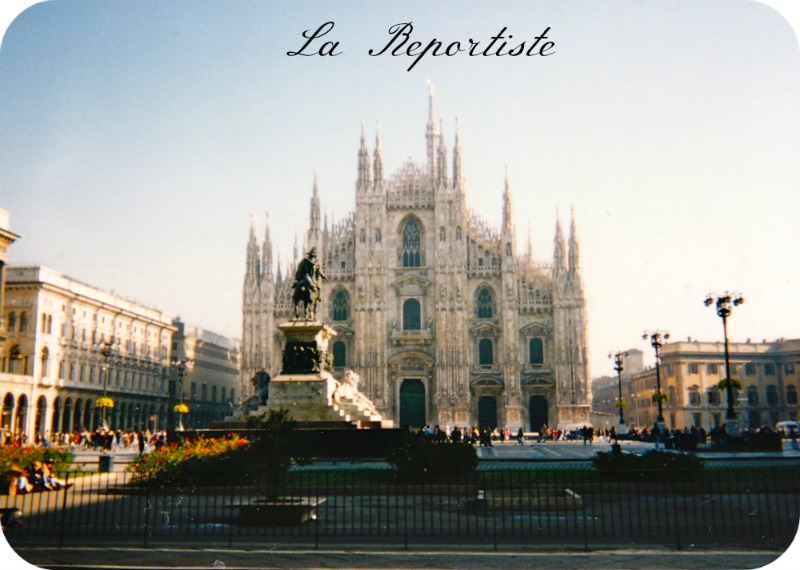 |
| Maurice Ravel |
Soon after that debacle, Ravel entered a period of great productivity, producing works like L'Heure Espagñole and Rapsodie Espagñole (1907), Valse Nobles et Sentimentales (1911), major piano pieces, and Daphnis et Chloé for Sergei Diaghilev's Ballets Russes in 1912. Around this time, he met Igor Stravinsky and joined a group of radical composers known as Les Apaches. In 1906, he started but did not finish Wien, an orchestral homage to Johann Strauss.
Wien would turn into La Valse fourteen years later. In the interim, World War I brought his composing to a near halt. Ravel tried to enlist but was turned down for physical reasons and ended up a military transport driver. In 1916 he started to feel the urgings to compose when dysentery sent him to Paris to recover. Soon after, his mother died. Ravel's mother was the closest human contact Ravel had – he never married – and with her loss came devastation and more musical inactivity. He wrote little during this period: most notably, Trois Poemes de Mallarmé (1913), Trois Chansons (1915), and Le Tombeau de Couperin (1917).
It was when Diaghilev asked him for another ballet after the war that Ravel's compositional juices returned. He completed Wien, called it a "choreographic poem," and changed the title to La Valse. Diaghilev called the result a "masterpiece" but added that, "it's not a ballet…it's the portrait of a ballet…." He thought it undanceable and refused to stage it. Ravel never spoke to him again. The ballet was not performed until Ida Rubenstein staged it in 1929 at the Paris Opera. After La Valse came L'Enfant et les Sortilèges (1925), a concert tour of the United States in 1928, and in the same year, Bolero. The Piano Concerto in G Major and the Piano Concerto for Left Hand came out in 1930 and 1931. Ravel's last years were slowed by Pick's disease, which may have been exacerbated by an automobile accident in 1932 (though he complained of memory problems and insomnia years earlier). He started some projects but produced only a few works. Brain surgery in 1937 was unsuccessful, and he died a year later.
Ravel was private, meticulous and precise as a person. Like Debussy, he was considered feline in manner, though he was more birdlike in appearance. Few caught him composing, though many saw him orchestrate, and his study rarely showed signs of a work in progress. As contemporaries, Ravel and Debussy influenced and respected each other, but their relationship suffered at the hands of critics eager to denigrate Ravel in favor of Debussy. From around 1900 until his death, Debussy was considered France's greatest living composer. Ravel assumed the mantle only after Debussy's death. Today, Debussy and Ravel are often thought of together, but they were very different composers. Ravel employed Impressionist techniques in works like Daphnis et Chloé, Ma Mère l'Oye, and La Valse, but he was really an objectivist and a Classicist. Unlike Debussy, he wrote cleanly shaped melodies, etched textures, distinct rhythms, and firm structures. He used conventional tonality and rarely if ever the whole tone scale. A fabulous orchestrator, Ravel employed the full battery of instruments, but placed every note, chord, and instrument like a jeweler working with clear pristine colors. (His orchestration of Mussorgsky's Pictures at an Exhibition is one of his most famous "works.") Effects sound with polish and glitter; nothing is wasted. His search for novel colors often led to setting instruments in odd ranges or roles. ~ Roger Hecht.
Source via ~ http://www.classical.net/music/comp.lst/ravel.php
Photos of his home in Montfort l' Amaury
Source via ~ http://www.maison-deco.com/magazine-art-decoration
 |
| Home of Maurice Ravel ~ Montfort l' Amaury |










